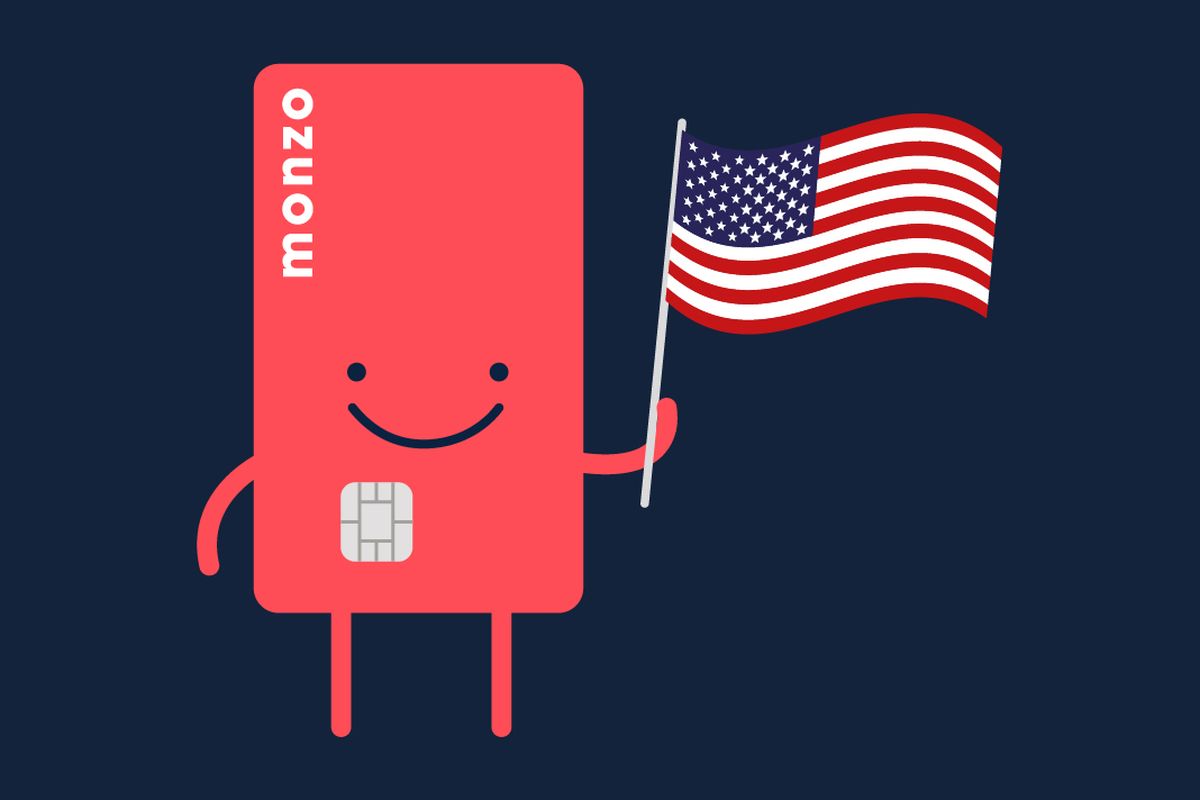Does Monzo Mean Gonzo for Traditional Banks?

By Kevin Flanagan, Director of Marketing, Micronotes
This week’s announcement by Monzo, a UK-based mobile-only “bank,” that it plans to offer its services in Los Angeles this summer generated a lot of media coverage. Most of the articles described Monzo’s success competing against traditional banks in the UK and predicted it could do the same in the U.S.
Not so fast.
First of all, Monzo, the self-proclaimed “bank of the future,” isn’t actually a bank, so it is partnering with Sutton Bank to make its first foray into the U.S. market. And second, if Monzo—or any other mobile/digital/app-only financial company becomes successful in the U.S. it will be partly because of the products and services it offers, but it will be mostly because the majority of traditional financial institutions let it happen.
A statement by Monzo’s CEO, Tom Blomfield, provides key insights into why incumbent banks could turn out to be their own worst enemy.
“When it comes to consumer apps, banks are at least a decade behind the ease and feature-set of a Lyft or an Airbnb, not to mention sloth-like and unimaginative when compared to the innovation cycle in the apps we use every day,” said Blomfield. “With Monzo, we aim to make money work for everyone by working with our community of users to build things that work for them.”
Essentially, Bloomfield is saying is that consumers increasingly prefer digital applications to perform many of the tasks, such as hailing a ride, that used to be done less efficiently. And he’s saying that banks are failing to give consumers modern convenience and fingertip access to their services.
Many savvy bankers see the future and know it’s digital. And they’re working hard to give their customers the ease of use and always-on availability to their banking that they get from their transportation and entertainment.
Way back when I was a freshman in college, I began working as a bank teller at a local bank. During my tenure, each time a new technology debuted, such as ATMs and paying bills by phone, there was widespread dismissal of these new ways of doing things. But such conveniences—and many more like them—quickly became commonplace for all banks.
If people want to do most of their banking digitally, there’s no reason traditional banks can’t accommodate them. Many already are. And those are the institutions that will fare best when Monzo and others like it come to town.
Legendary bank robber Willie Sutton is alleged to have answered the question “Why do you rob banks?” with a pithy “Because that’s where the money is.” While that tale is taller than most, the basic concept can be applied to the efforts of digital upstarts to disrupt banking.
There’s no question that people like the convenience of digital banking. Therefore, it’s up to banks and credit unions to “go where the customers are” and offer robust, feature-rich digital solutions, using artificial intelligence and other powerful technologies.
If not, maybe they will be gonzo.




